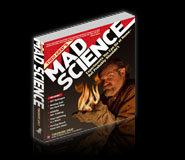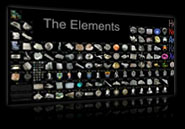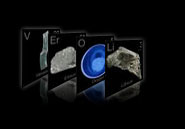
Chapter 7
Twisted Shop Class » The Worst Way to Inlay

 ake an inlay pattern just the way they used to: with stinky, noxious sulfur. Creating inlaid wood furniture is a
painstaking process. Cutting shapes into the
front of a drawer isn't the hard part, though; it's
crafting pieces of a contrasting wood that fit
precisely into those spaces. Since the beginning
of furniture making, people have been looking
for shortcuts. Today, machine-cut inlays are
available, but in the past the preferred shortcut
was to fill the patterns with a paste that would
harden in place.
ake an inlay pattern just the way they used to: with stinky, noxious sulfur. Creating inlaid wood furniture is a
painstaking process. Cutting shapes into the
front of a drawer isn't the hard part, though; it's
crafting pieces of a contrasting wood that fit
precisely into those spaces. Since the beginning
of furniture making, people have been looking
for shortcuts. Today, machine-cut inlays are
available, but in the past the preferred shortcut
was to fill the patterns with a paste that would
harden in place.
One of the less inspired ideas came in the late 1700s, when someone started pouring molten sulfur into his carvings.







 Rusting Aluminum
Rusting Aluminum






